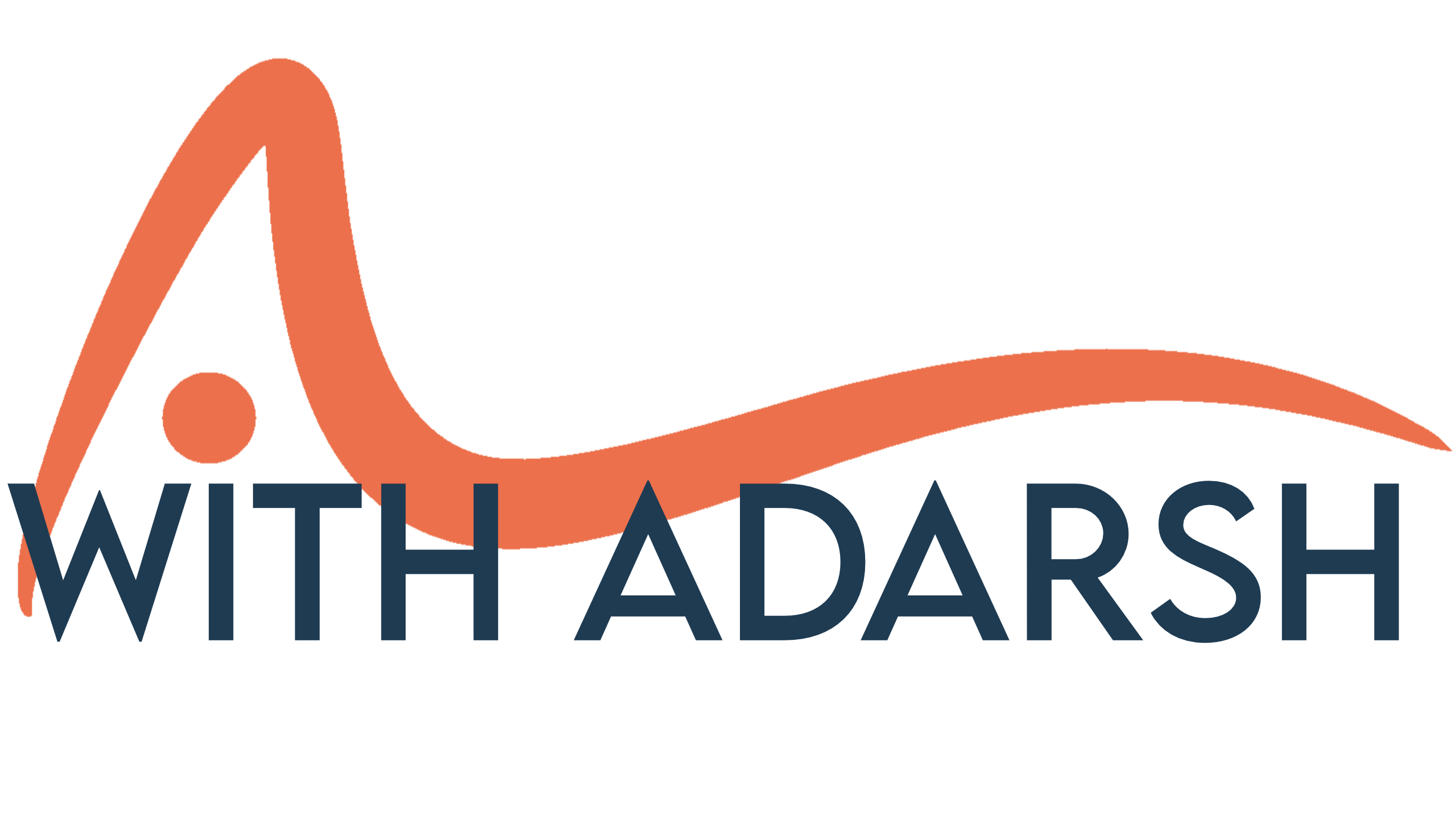AI in Your Marketing Stack: Are You All In?
You know the drill. New year, new tools, and a fresh wave of hype. This time it’s all about AI. You’re seeing it everywhere—blog posts, social media, even in your inbox. But what does it mean for your marketing? Do you really need to integrate AI into your marketing stack in 2025, or is it just another shiny object?
Let’s cut through the noise. AI isn’t some future tech. It’s here, and it’s already changing how marketers work. Businesses are putting billions into AI marketing, and that number is growing fast. The real question is: are you ready to join them?

Table of Contents
- AI isn’t taking your job, it’s changing it
-
The big deal with AI in marketing
-
Where to start with AI tools
-
Personalization is everything
-
Data, decisions, and dollars
-
Content creation and AI
AI isn’t taking your job, it’s changing it
You’ve probably heard the rumors. AI will replace content writers, social media managers, and everyone else in marketing. That’s a common fear. But the reality is different.
AI doesn’t have your gut instinct. It lacks your ability to connect with an audience on a human level. It can’t feel empathy or tell a story from personal experience. What it can do is handle the busy work.
Think of it this way: AI is your new intern. A super fast, always-on intern that handles research, first drafts, and data analysis. Your job is to be the manager. You give it a good brief, edit its work, and add the human touch that makes a brand stand out. Marketing professionals who can work with AI will get ahead. The ones who don’t will fall behind.
The big deal with AI in marketing
AI is more than a chatbot on your website. It’s a system that helps you do more with less. Marketers are using AI to make their lives easier. One survey found that almost 90% of digital marketers are already using AI in their daily tasks. Another study found that 83% of marketers believe AI frees up their time for more strategic work.
AI in marketing can help with simple things and complex projects. It can write a product description. It can also analyze huge data sets to predict customer behavior. This isn’t about automating a single task. It’s about building a smarter marketing stack. You can make better decisions, faster. That means better campaigns and more conversions.
Where to start with AI tools
It can feel overwhelming. There are so many AI tools out there. Start small. Pick one area where you spend a lot of time on repetitive work. Here are a few places to begin your AI journey.
-
Content: Tools like Jasper, Writesonic, or even the AI features inside platforms like HubSpot can help with first drafts of blog posts, social media updates, and email copy.
-
SEO: AI-powered tools like Surfer SEO or Frase analyze top-ranking content to help you write better articles. They find keywords you might have missed.
-
Customer Service: Chatbots powered by AI can handle basic customer questions. This frees up your team to focus on more complex issues.
Don’t try to do everything at once. Pick a tool, learn it, and see the results.
Personalization is everything
You know that a generic email won’t get opened. Consumers want a personal connection with the brands they buy from. AI makes that possible at scale.
AI systems can look at a customer’s past purchases, browsing history, and demographics to create a detailed profile. Then, they can deliver a personalized message. It’s not just a name in the subject line. It’s a product recommendation based on what they’ve clicked on. It’s an ad with a special offer for a product they looked at but didn’t buy. This kind of targeting used to take a lot of manual work. Now, AI does it for you. This kind of personal touch leads to higher engagement and better sales.
Data, decisions, and dollars
Marketing generates a lot of data. You have social media analytics, website traffic, email open rates, and more. It’s a flood of information. Most of the time, you only look at the surface level data. AI helps you go deeper.
AI can find patterns in data that a human might miss. It can predict which ad creative will perform best or which customer segment is most likely to buy. This helps you make decisions based on real information, not just a hunch. You can stop guessing and start knowing. This means you can spend your budget where it will have the biggest impact.
Content creation and AI
This is a big one. You’re a marketer, so you know how much content you have to produce. Blog posts, emails, social media posts, ads—it’s a never-ending cycle.
AI is changing the game here. You can use it to brainstorm ideas, write outlines, and even generate a first draft. For instance, you could feed an AI a few bullet points and it will give you a full blog post. You can use it to write a dozen different headlines to A/B test. You can even generate images for your social media.
This doesn’t mean you don’t have to write. You’ll still need to edit, refine, and add your brand voice. The goal is to get to the good part faster. Instead of staring at a blank page, you have a solid starting point. You can produce more content and keep your audience engaged.
Conclusion
So, do you really need to integrate AI? The answer is yes. It’s not about being a tech expert. It’s about being a smarter marketer. AI handles the tasks that eat up your time. It helps you understand your customers better and create a more personal experience. This gives you time to focus on what you do best: strategy, creativity, and connecting with people. AI is not a replacement for your human skills. It’s a tool that makes your skills more powerful. Start small, experiment, and get ready for a new way of working.
Want to learn more about AI? Subscribe to our Newsletter


